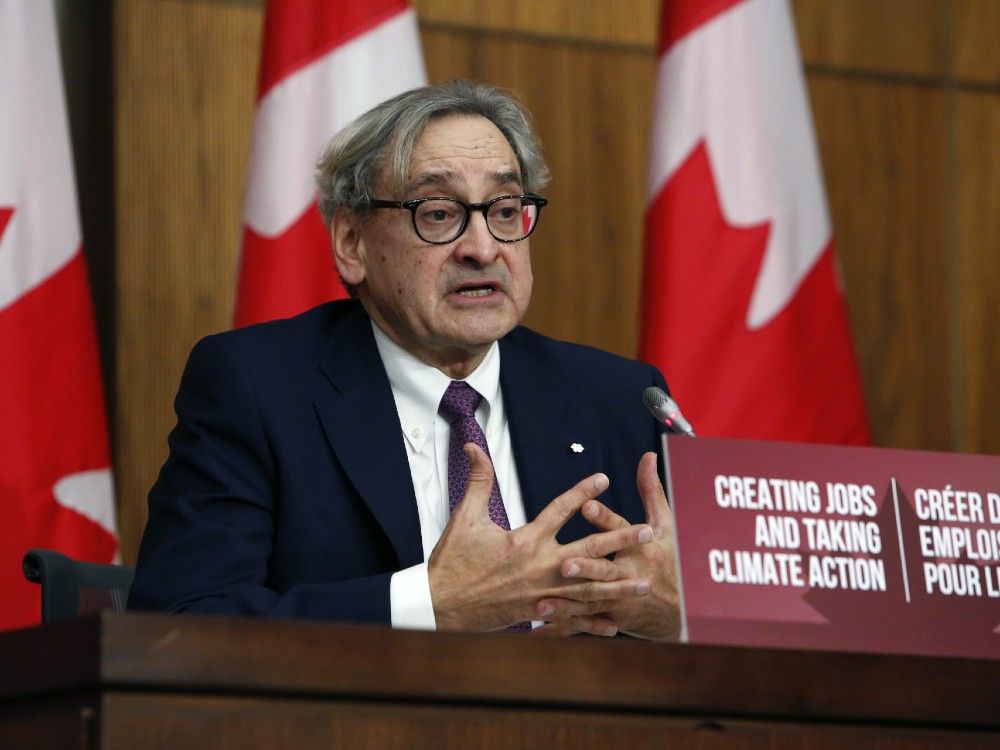Darwinkgo
Active Member
The HFR booster community is about to get a taste of what seemed to make pro-pipeline people so mad. As the regulator you have to play coy. Even if you really want to say yes. Perhaps even more so.The bigger question is when the feds intend to declare their commitment to the project
and until they’re completed to satisfaction cabinet isn’t going to approve an EA. And submitting the EA as part of the JPO work to the Minister(s) will start a ticking clock to decision.The short term complications that I see are a) as noted, consultation isn’t far enough along yet
We could see a roundabout way to allocate more funding to a bucket which HFR could access without attaching it to specific projects.





